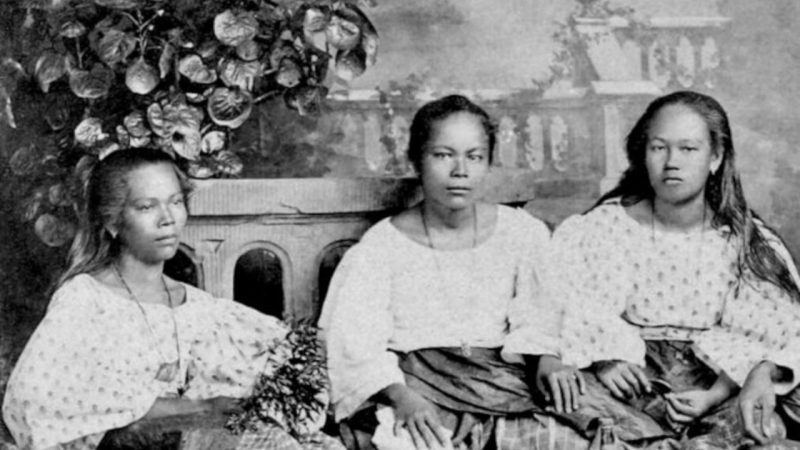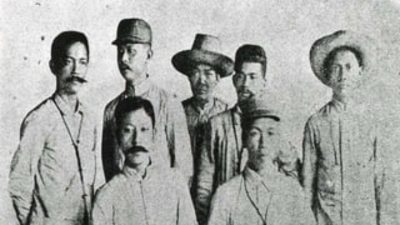On December 12, 1888, a pivotal moment unfolded in the annals of Filipino history as 20 young women from Malolos, Bulacan, embarked on a courageous endeavor.
In a formal plea to Governor-General Valeriano Weyler, who was passing through the city, these women sought permission to establish a “night school” for the study of the Spanish language.
The impassioned committee, led by figures such as Rufina Reyes and supported by advocates like Doroteo Cortes and Guadalupe Reyes, presented their memorial to Governor-General Weyler.
They proposed to open the educational institution under the guidance of Señor Teodoro Sandiko, a Latin professor, recognized for his proficiency in the “beautiful Spanish language.”
Unknown to the authorities, Sandiko had already been clandestinely instructing these women in Spanish.
However, their pursuit faced resistance from the parish priest of Malolos, Felipe Garcia, leading to the initial denial of permission. The reasons behind the refusal were outlined in a confidential report submitted by the priest.
Undeterred, the petitioners, with persistent efforts and the support of Cortes and Reyes, eventually secured the desired authorization.
This victory, however, came with conditions: the classes were to be conducted during the day, and the teacher would be Señorita Guadalupe Reyes, not Señor Sandiko.
Among the remarkable young ladies involved in this educational advocacy were Cecilia, Merced, Aleja, Agapita, Filomena, Paz, Feliciana, Anastacia, Emilia, Basilia, Teresa, Maria, Rufina, Leoncia, Olimpia, Juana, Elisea, and Alberta.
The memorial presented by these trailblazing women showcased an uncommon level of respect and dignity. Addressed to the Governor-General, the document expressed their desire to learn Spanish, citing their gratitude for the initiative to promote the Castilian tongue in the country.
It detailed their challenges in accessing education due to financial constraints and household duties, making a compelling case for the establishment of a night school.
The document concluded with a plea for mercy, expressing confidence in obtaining the Governor-General’s support due to his reputed kindness.
This remarkable episode in Filipino history stands as a testament to the resilience and determination of these young women, who, against societal norms and obstacles, championed the cause of education and language learning in the late 19th century.
(JR AMIGO/AI/MNM)







